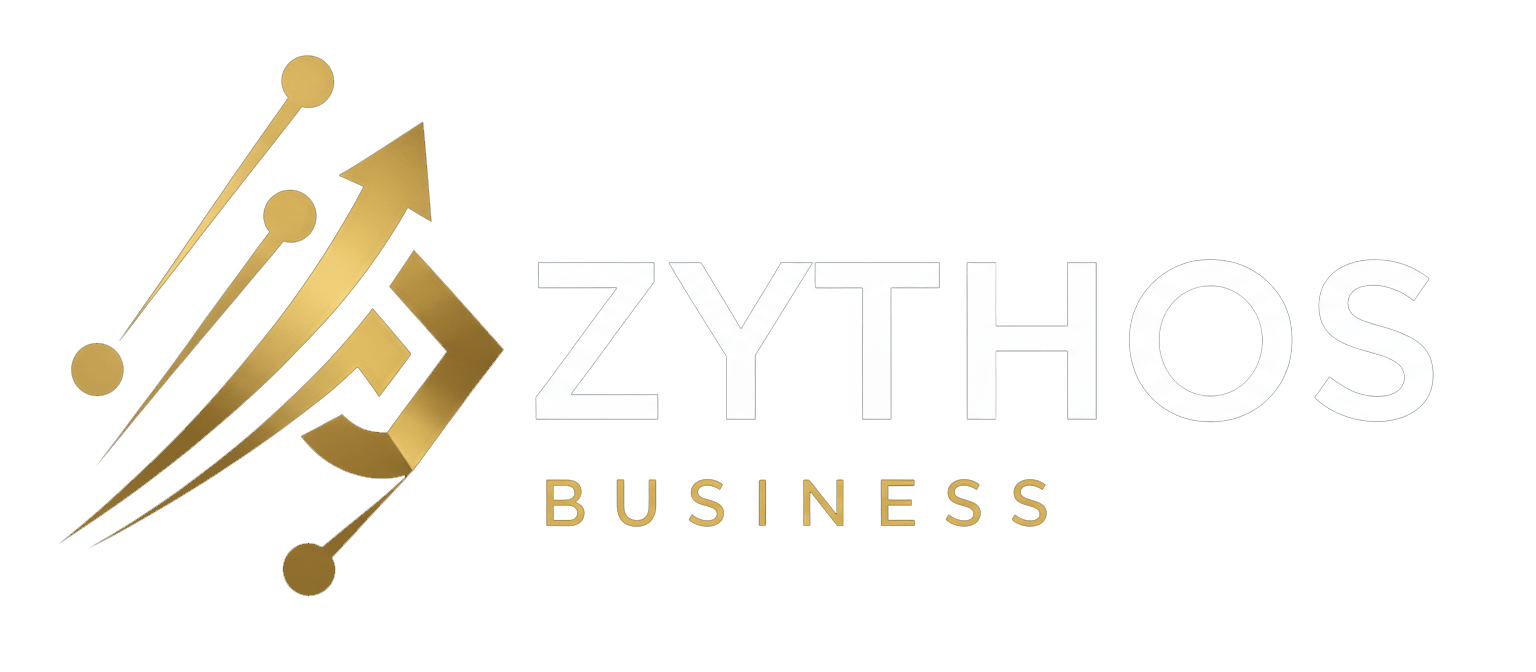In one of the most complex and closely watched decisions of the year, the U.S. Federal Reserve has executed a second consecutive interest rate cut, a preventive measure to support a labor market showing signs of exhaustion. However, the decision, far from projecting confidence, has exposed deep ideological fissures within the central bank and highlighted the extraordinary fog enveloping the U.S. economy. The Federal Open Market Committee (FOMC) reduced its benchmark rate by 25 basis points, setting a new target range of 3.75% to 4.00%, the lowest level in nearly three years.
- Flying Blind: The Dual Challenge of a Government Shutdown and a Weakening Labor Market
- Persistent Inflation and the Tariff Dilemma: The Other Side of the Dual Mandate
- A Fractured Decision: The Dissenting Voices Within the Fed’s Committee
- The End of “Quantitative Tightening”: A Subtle but Significant Shift in Monetary Policy
- Powell on the Tightrope: Between Political Pressure and Future Uncertainty
- Market Reactions and Global Outlook: What Does the Decision Mean for Investors and Other Central Banks?
This measure was by no means unanimous. The 10-to-2 vote reveals a significant fracture over the direction of monetary policy, encapsulating the Fed’s central dilemma: should it prioritize stimulating employment, even at the risk of tolerating inflation that remains stubbornly above its 2% target?
The complexity of the moment is unprecedented. The partial federal government shutdown, now approaching its first month, has suspended the publication of vital economic statistics, forcing monetary policymakers to, in the words of several economists, “fly blind.” Fed Chair Jerome Powell admitted the situation is “challenging,” as he has to balance the downside risks to employment with the upside risks to inflation.
Simultaneously, the Fed announced another major decision: the end of its balance sheet reduction program (Quantitative Tightening or QT) starting December 1. This move, though technical in nature, marks a subtle but unequivocal shift toward a less restrictive policy, driven by growing liquidity strains in financial markets.
| Metric | Decision / Data | Key Context / Implication |
| Federal Funds Rate | 0.25 point cut. New range: 3.75% – 4.00%. | Second consecutive cut. Seeks to support the labor market despite high inflation. |
| FOMC Vote | 10 in favor, 2 against. | Not a unanimous decision. Dissenters called for a larger cut (Miran) or none at all (Schmid), reflecting deep uncertainty. |
| Balance Sheet Reduction (QT) | Will end on December 1. | Ends quantitative tightening. Responds to liquidity tensions and normalizes balance sheet policy. |
| Forward Guidance | A December cut “is not a foregone conclusion.” | Powell cools market expectations for more automatic cuts, emphasizing dependence on future data. |
Flying Blind: The Dual Challenge of a Government Shutdown and a Weakening Labor Market
The main justification for the rate cut lies in the Fed’s growing concern for the health of the labor market. In his statement and subsequent press conference, Chair Powell described a picture of gradual but evident cooling, calling the labor market “less dynamic and somewhat softer” than at the beginning of the year. This assessment is supported by a slowdown in job creation and a slight uptick in the unemployment rate, which in August, the last official data available, reached 4.3%, its highest level since 2021.
The fundamental problem for the FOMC is that this picture is outdated. The information fog caused by the government shutdown prevents it from having a clear view of recent developments, as the Bureau of Labor Statistics (BLS) has suspended its publications. This situation has left the Fed “flying blind,” forcing it to base its decisions on alternative and less comprehensive data. Powell admitted that “some important federal government data have been delayed,” though he clarified that available information from public and private sources did not suggest a drastic change in the outlook.
Among these alternative sources, the report from payroll processor ADP stands out, which pointed to a net loss of 32,000 jobs in the private sector in September. Although not a perfect substitute for the official report, this data reinforced the narrative of a slowdown and likely tipped the balance in favor of a cut. Powell also pointed to structural factors, such as lower immigration and a drop in the labor force participation rate, which are affecting the labor supply.
This reliance on partial data has transformed the Fed’s operating paradigm. Its mantra of being a “data-dependent” institution has become a reality of being “data-deprived.” Uncertainty has shifted from being an economic variable to manage to a procedural obstacle. Powell’s eloquent analogy—”What do you do if you’re driving in the fog? You slow down”—is not a mere figure of speech. It is the precise description of a methodological crisis. When visibility is nil, the default action is caution, which turns the very lack of data into a powerful argument against bold new actions in December. The political paralysis in Washington has generated an information paralysis that threatens to translate into a monetary policy paralysis.
Persistent Inflation and the Tariff Dilemma: The Other Side of the Dual Mandate
If the weakness of the labor market pushed the Fed to lower rates, the persistence of inflation exerted an equally powerful force in the opposite direction. This is the core of the dilemma facing the central bank, caught in the inherent conflict of its dual mandate: to promote maximum employment and maintain price stability.
The most recent data, which were able to be published, show inflation well above the 2% target. The Consumer Price Index (CPI) for September stood at 3.0% year-over-year, both in its headline and core versions (which exclude energy and food). Key components such as shelter remain high, with a year-over-year increase of 3.6%. The Fed’s preferred metric, the personal consumption expenditures (PCE) deflator, although somewhat more moderate, also remains high, with an estimate of 2.8% for the same period. The FOMC’s own statement acknowledges that “inflation has risen since the beginning of the year and remains somewhat elevated.”
This environment is complicated by an external factor: the Trump administration’s tariff policy. Powell acknowledged that tariffs are pushing up the prices of certain goods. The Fed faces uncertainty as to whether this effect will be transitory or persistent. Powell’s “base case” is that tariffs will cause a “one-time shift in the price level.” However, he also admitted the risk that the inflationary impact could be “more persistent,” a scenario that would require a much more forceful response.
This situation places the Fed before a difficult choice. Traditional monetary policy is effective in combating demand-pull inflation, but it is much less suited to tackling cost-push inflation, such as that caused by tariffs. Trying to quell this type of inflation with rate hikes could crush economic activity without resolving the original cause of the price increase.
The decision to cut rates in this context is a clear signal of the committee’s current priorities. It reveals that, in the balance of risks, the FOMC fears a recession caused by a deteriorating labor market more than the risk of 3% inflation becoming unanchored from expectations. It is a calculated gamble: tolerate inflation above the target in the short term to give the real economy some breathing room, in the hope that the tariff shock will indeed be temporary.
A Fractured Decision: The Dissenting Voices Within the Fed’s Committee
The final 10-2 vote is not a mere technical detail; it is the clearest manifestation of the political crossroads at which the Federal Reserve finds itself. The two dissenting votes represent the poles of the internal debate and embody the competing narratives that vie to define the state of the economy.
At the more dovish end is Stephen Miran, a governor nominated by President Trump. For the second consecutive meeting, Miran voted for a more aggressive 50-basis-point rate cut. His stance reflects the view that the economy faces an imminent risk of a slowdown. From this perspective, the weakening labor market data is the main alarm bell, and the Fed would be acting too timidly. His view is reflected in the Fed’s anonymous “dot plot” projections, where one member (presumably Miran) advocates for rates to be in the 2.75%-3.00% range by the end of 2025, which would imply much deeper cuts.
At the opposite, hawkish pole is Jeffrey Schmid, president of the Federal Reserve Bank of Kansas City, who voted to keep rates unchanged. This position represents the orthodoxy of the fight against inflation. For Schmid, the main failure of monetary policy is an inflation rate that doubles the 2% target. From this point of view, cutting rates is dangerous, as it could be interpreted as a sign that the Fed is giving up on its commitment to price stability, risking its anti-inflation credibility.
Jerome Powell openly acknowledged the existence of “very divergent views” within the committee, especially on the steps to be taken in December. He explained that members have different forecasts and different levels of risk aversion: some are more averse to deviations from the inflation target, while others are more averse to deviations from the employment target.
In this context, the 25-basis-point cut emerges not as a solid consensus, but as a fragile compromise. It is the middle path that seeks to respond to concerns about employment without completely abandoning vigilance over inflation, which anticipates that future decisions will continue to be the subject of intense debate.
The End of “Quantitative Tightening”: A Subtle but Significant Shift in Monetary Policy
Beyond the rate cut, the October meeting brought another strategic decision: the end of the Fed’s balance sheet reduction program, known as Quantitative Tightening (QT). Starting December 1, the central bank will stop actively reducing the size of its asset portfolio, which had shrunk by $2.2 trillion over the past three and a half years.
QT is the reverse process of Quantitative Easing (QE) and, therefore, a form of monetary tightening. Ending QT is, consequently, an accommodative measure. The Fed’s justification is purely technical, but it reveals concerns about the stability of the financial system. Powell explained that “clear signs” have emerged that bank reserves are moving from an “abundant” level to one that is merely “ample.”
These signs of stress have manifested in the money markets, especially in the repo market, where institutions lend liquidity to each other on a short-term basis. By ending QT now, the Fed is acting preventively to avoid a liquidity crisis like the one experienced in September 2019. Although it has gone more unnoticed, this decision removes a factor of monetary restriction. The Fed will continue to allow its holdings of mortgage-backed securities (MBS) to mature, but will reinvest the proceeds in Treasury bills, shifting the composition of its balance sheet toward more liquid, shorter-duration assets.
Powell on the Tightrope: Between Political Pressure and Future Uncertainty
The communication of monetary policy is almost as important as the policy itself, and in the subsequent press conference, Jerome Powell executed a delicate balancing act. On the one hand, he had to navigate the persistent political pressure from the White House, with President Trump repeatedly criticizing Powell for not lowering rates more aggressively.
However, his main challenge was managing market expectations. Before the meeting, investors were taking for granted another cut in December. Aware of this, Powell used unusually strong language to cool that optimism, stating that a new cut “should not be seen as a foregone conclusion; in fact, it is far from it.”
This warning had an immediate effect. The odds of a December cut plummeted from 85% to about 62%, and analysts like those at Nomura revised their forecasts, moving from expecting a cut to anticipating a pause. Powell insisted that monetary policy “does not follow a preset course” and that the committee “will gather every last scrap of data it can find” before deciding.
This change in communication is a deliberate strategy to regain flexibility. In an environment of extreme uncertainty, with contradictory data and a divided committee, committing in advance to a specific policy path is a high-risk strategy. By introducing a dose of strategic ambiguity, Powell forces the markets to become truly “data-dependent” again and gives himself the maximum room to react to economic information that, as of today, does not even exist.
Market Reactions and Global Outlook: What Does the Decision Mean for Investors and Other Central Banks?
The initial market reaction was ambivalent, reflecting the duality of the message. The expected cut was positive, but Powell’s cautious tone about the future disappointed those who were hoping for a more prolonged easing cycle. As a result, the dollar index strengthened by 0.4%, gold fell by 1.2%, and the S&P 500 closed with a slight decline of 0.3%.
For investors in Spain and Europe, the Fed’s decision must be analyzed in a context of growing divergence among the main central banks. While the Fed has resumed cuts, its European counterparts have adopted a wait-and-see approach.
The European Central Bank (ECB), at its October meeting, kept its deposit rate at 2.0%, signaling a pause in its easing cycle. President Christine Lagarde indicated that the eurozone economy is showing resilience and that inflation is stabilizing, which reduces the urgency for new stimuli. Similarly, the Bank of England (BoE) is expected to keep its rates at 4.0% at its next meeting, as it deals with its own challenges.
This divergence marks a turning point. For the past few years, the world had become accustomed to a highly synchronized global monetary policy. Now, that common front is cracking. The Fed is moved by domestic concerns about employment; the ECB is pausing thanks to more contained inflation; and the BoE is facing its own complex situation.
This decoupling has significant implications for capital flows and currency markets. A more accommodative Fed than the ECB could, in the medium term, exert downward pressure on the dollar against the euro as interest rate differentials narrow. For European companies, this could make imports from the United States cheaper, while for Spanish investors, it would affect the profitability of their dollar-denominated assets.
In conclusion, the Fed’s latest decision is not just a U.S. economic event; it is a signal of the end of an era of synchronized global monetary policy and the beginning of a “multi-speed” world. The fog enveloping the U.S. economy not only obscures Jerome Powell’s vision but also portends a period of greater volatility for investors around the world.








